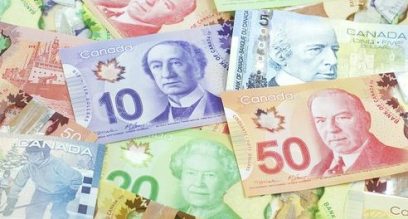
Individuals in receipt of eligible pension income can allocate or split up to 50% of the income with their spouse or common-law partner, and the allocated income is reported as the spouse’s taxable income. This allows the shifting of income from a higher-income spouse to a lower-income spouse, enabling the couple to reduce their combined income tax liability and increase cash flow during retirement.






